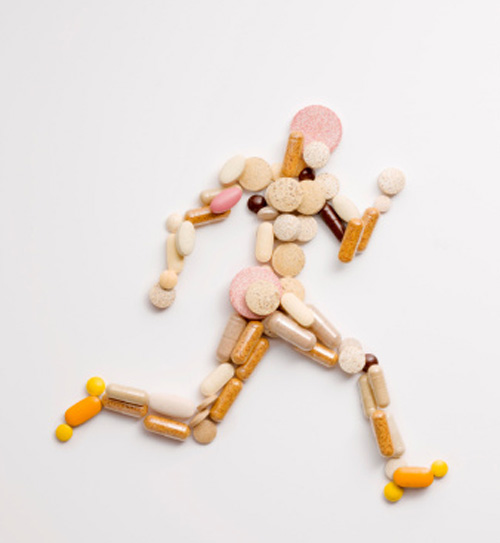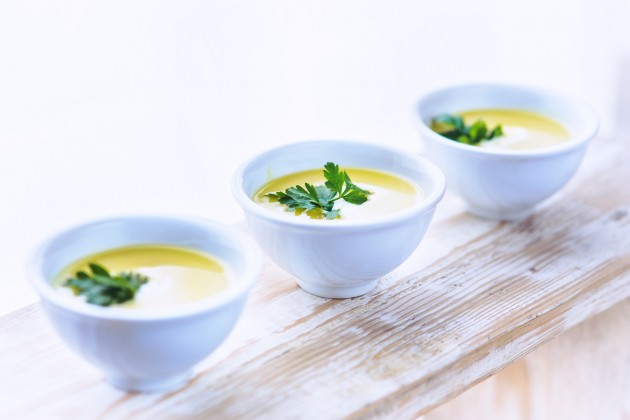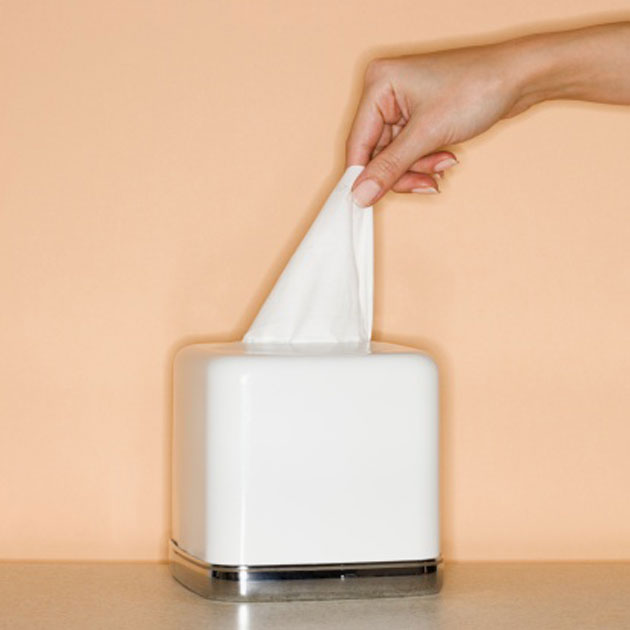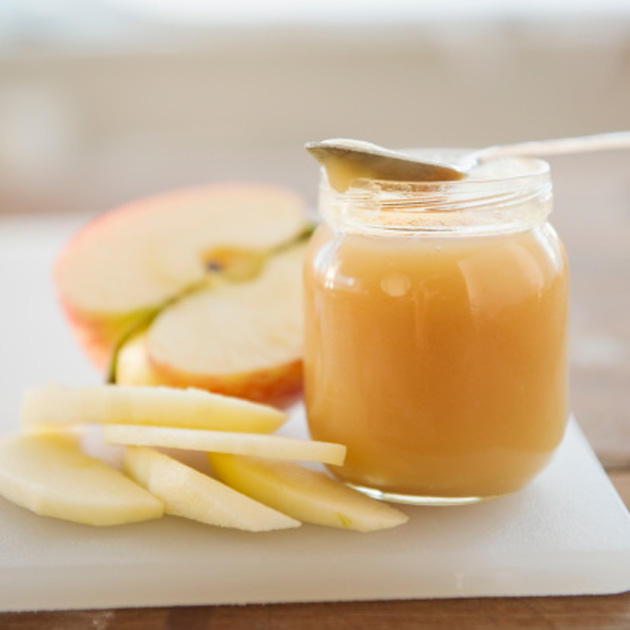10 Tips to Combat Colds & Flu

When it comes to finding relief for colds and flu, what works — and what doesn’t? Here, 10 expert tips to survive sniffle season.
In search of relief for symptoms of flu and the common cold, home remedies have been passed down from generation to generation. But when it comes to the science, what works and what doesn’t? The experts weigh in.
 Remedy #1: Drink plenty of fluids.
Remedy #1: Drink plenty of fluids.
While you can’t flush a cold out of your system, drinking plenty of liquids can help. Water, juice, clear broth or warm water with lemon and honey helps loosen congestion and prevents dehydration. Hot liquids can also soothe inflamed membranes that line your nose and throat.
Beverages to avoid: alcohol, coffee and caffeinated sodas, all of which make dehydration worse.
 Remedy #2: Load up on the vitamins.
Remedy #2: Load up on the vitamins.
Much of the scientific research on the effectiveness of vitamin supplements and herbal remedies has produced conflicting or unclear conclusions.
– Vitamin C. While Vitamin C doesn’t appear to prevent colds in most people, taking large doses — up to 5,000 milligrams — at the first sign of a cold may reduce the severity of symptoms. And lower doses of 200 to 300 milligrams may shorten a cold’s duration. So what is the optimum dose? Experts say it isn’t clear, but amounts in excess of 2,000 milligrams a day may cause nausea and diarrhea.
– Echinacea. A 2005 National Center for Complementary and Alternative Medicine study in the United States found that Echinacea did little to prevent or shorten colds. But a more recent study published in the journal Lancet Infectious Diseases (September 2007) found that the herb decreased the odds of getting a cold by 58 per cent and reduced the duration by about a day and a half. (Read the study abstract.)
– Zinc. While the cold-fighting ability of zinc lozenges is yet to be proven, zinc nasal gel may have a positive effect, according to a comprehensive review of zinc studies by the Stanford University School of Medicine. The study was published in the journal Clinical Infectious Diseases in September 2007. For more, click here.
Remedy #3: Sweat out a cold.
Contrary to the old adage, you cannot actually sweat out a cold, experts say. In fact, too much sweating can lead to dehydration at a time when you need extra fluids. So while you might want to take it easy on the treadmill, you may not necessarily need to stay in bed if you’re feeling up for a walk or some moderate exercise.
 Remedy #4: Eat chicken soup.
Remedy #4: Eat chicken soup.
The old standby — chicken soup — really does help relieve cold and flu symptoms, scientists say. It acts as an anti-inflammatory and temporarily speeds up the movement of mucus through the nose. This helps to relieve congestion and limits the amount of time viruses are in contact with the nose lining.
No energy to cook? A study at the University of Nebraska compared homemade chicken soup with canned versions and found that some, though not all, canned chicken soups worked just as well as soups made from scratch.
(For more immunity-boosting foods, click here.)
Remedy #5: Gargle.
Another standby, the old-fashioned saltwater gargle — 1/2 teaspoon salt in an 8-ounce glass of warm water — can temporarily relieve a sore or scratchy throat.
 Remedy #6: Over-the-counter medications.
Remedy #6: Over-the-counter medications.
Nonprescription decongestants and pain relievers offer some relief for symptoms, but they won’t prevent a cold or shorten its duration, and most have side effects. Experts caution that if over-the-counter cold and flu products are used for more than a few days, they can actually make symptoms worse. Acetaminophen (such as Tylenol) can cause serious liver damage or liver failure if taken in high doses. Also, people who take Tylenol in addition to flu medications that also contain acetaminophen are at risk of a drug overdose. Read the labels of any cold medication carefully to make sure you’re not overdosing.
As for children, last year Health Canada issued an advisory warning not to give cough and cold medications to children under the age of six. (Read the advisory here.) New labeling requirements are set to be in place for this year’s cold and flu season.
Saline nasal sprays. Over-the-counter saline nasal sprays help to relieve stuffiness and congestion. Unlike nasal decongestants, experts say that saline sprays don’t lead to a rebound effect or a worsening of symptoms once the medication is discontinued.
Mentholated salve. A small dab of mentholated salve under your nose can open breathing passages. Menthol, eucalyptus and camphor all have mild numbing ingredients that may help relieve the pain of a nose rubbed raw.
 Remedy #6: Blow your nose — a lot.
Remedy #6: Blow your nose — a lot.
If you have a cold, it’s far better to blow your nose regularly rather than sniffling mucus back into your head. But if you blow too hard, you’ll end up with an earache. Experts recommend this technique: press a finger over one nostril while you blow gently to clear the other. (Note: Remember to always wash your hands after blowing your nose.)
 Remedy #7: Take a steam shower.
Remedy #7: Take a steam shower.
Steamy showers are not only relaxing, but they moisturize your nasal passages. If you’re feeling dizzy or light-headed, run a steamy shower while you sit on a nearby chair.
It’s also a good idea to use a humidifier. Cold viruses thrive in dry conditions, and the parched air dries mucous membranes, causing a stuffy nose and scratchy throat. Be sure to change the water in your humidifier daily to avoid mould, fungi and bacteria.
 Remedy #8: Starve a cold, feed a fever?
Remedy #8: Starve a cold, feed a fever?
There’s no evidence that avoiding food will shorten a cold’s duration or relieve symptoms.
Remedy #9: Apply hot — or cold? — packs around congested sinuses.
Either temperature may help you feel more comfortable. You can buy reusable hot or cold packs at a pharmacy. Or to make your own, simply heat a damp washcloth for 55 seconds in the microwave. (Be sure to check temperature before applying.) For a cold pack, you can improvise with a small bag of frozen peas.
Remedy #10: Antibiotics.
While antibiotics destroy bacteria, they will not help against cold viruses. Antibiotics will not help you recover faster, and using the drugs inappropriately contributes to the growing problem of antibiotic-resistant bacteria.
NEXT: TIPS TO STAY GERM-FREE
When it comes to avoiding colds and flu, mother’s advice to “wash your hands” is still the best. Scrub your hands for at least 20 seconds with ordinary soap and water or use an alcohol-based sanitizer to destroy most viruses, which can linger on surfaces for up to 48 hours. (For more on the best technique for washing your hands, click here.) Use a paper towel rather than a cloth one to dry your hands. Other tips:
– Whenever possible, keep your distance from people who are sick, and stay home if you’re sick yourself.
– Avoid touching your eyes, nose or mouth to prevent contaminating yourself.
– Keep it clean. Regularly sanitize your desk, phone and computer keyboard — at home and at the office — with sanitizing wipes.
– Try to manage stress, which lowers immunity.
– Boost your natural immunity with regular exercise and a healthy diet.
Sources: Mayo Clinic, WebMd.com, U.S. Centers for Disease Control, The Lancet, Health Canada
